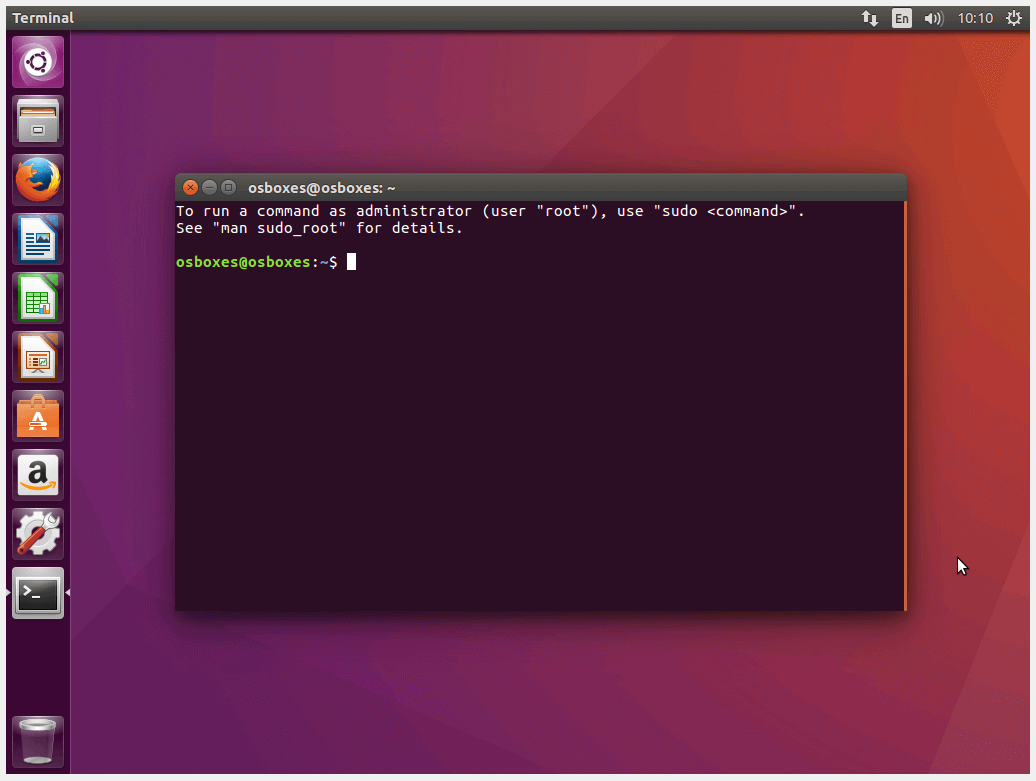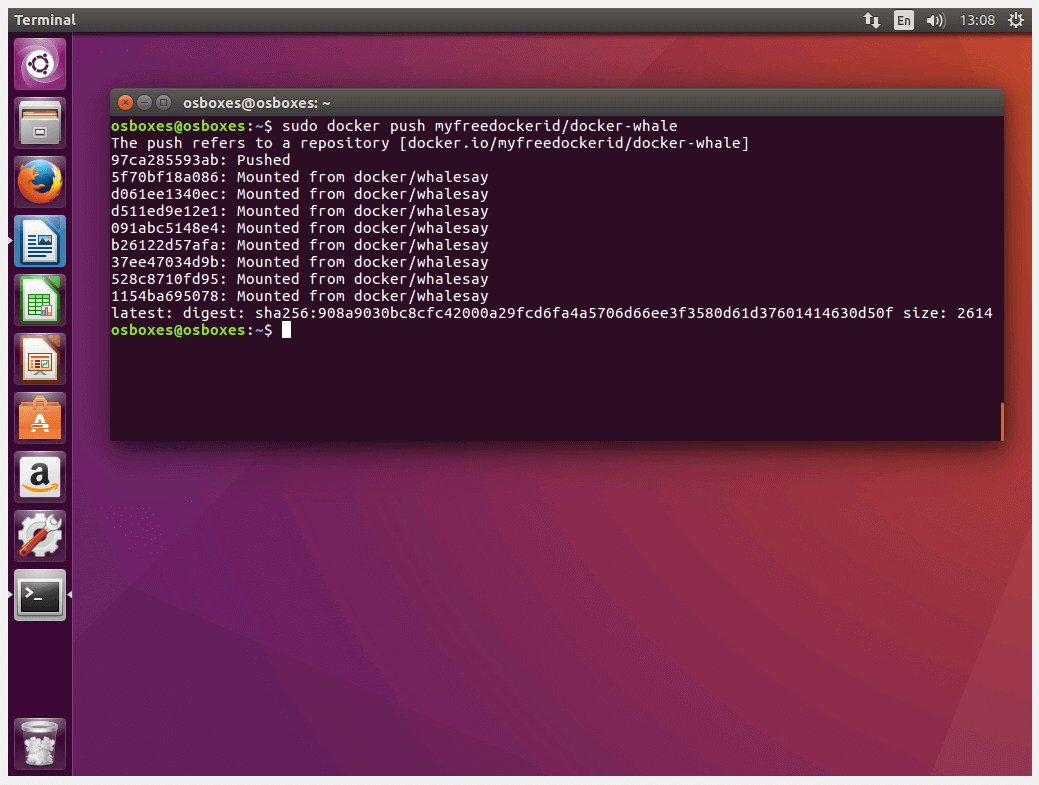

Get Detailed Info about an Object (Container, Image, Volume, etc).Creating Bind Mount Volume using the -mount flag.

#Docker run image in terminal download#
Download a Docker Image from the registry.Push a Docker Image to the Docker Registry.Remove all the Dangling and Unused Docker Images.Build a Docker Image from a Dockerfile that is not in the Current Directory.Build a Docker Image using a custom named Dockerfile.Build Docker Images with a different tag.List all the Docker Images (including dangling images).Set Environment Variable in a Docker Container using a File.Set Environment Variable in a Docker Container.Run command inside the Docker Container.Create a Docker image from a Docker Container.Remove a Docker Container after it exits.Copy a File from the Host to the Docker Container.Start a Docker Container and keep it running.Get Inside the Running Container (Literally!).Run the Docker Container in an Interactive Mode.Listing Processes running in a Docker Container.Run Docker Container with a name using the run command.Delete the container on the exited state.Docker Run command in Foreground and Detached Modes.Creating a new Container using Docker Image with some fixed name.Creating a new Container using Docker Image.List the IDs of all the Containers (irrespective of the state).List all the Running Containers with the File Size.List all the Containers (irrespective of the state).Alternatively, create a PR to suggest updates. Let us know what you think by creating an issue in the Docker Docs GitHub repository. Help us improve this topic by providing your feedback.
#Docker run image in terminal how to#
In the next module, we’ll learn how to run a database in a container and connect it to our application. We also looked at naming our containers so they are more easily identifiable. We also took a look at managing containers by starting, stopping, and restarting them. In this module, we took a look at running containers, publishing ports, and running containers in detached mode. Now, we can easily identify our container based on the name. Execute the following command in your terminal. Let’s start our image and make sure it is running correctly. The docker run command requires one parameter and that is the image name. To run an image inside of a container, we use the docker run command. Now that we have an image, we can run that image and see if our application is running correctly.Ī container is a normal operating system process except that this process is isolated and has its own file system, its own networking, and its own isolated process tree separate from the host. We created our image using the command docker build. In the previous module we created our sample application and then we created a Dockerfile that we used to create an image. Work through the steps to build a Node JS image in Build your Node image.


 0 kommentar(er)
0 kommentar(er)
